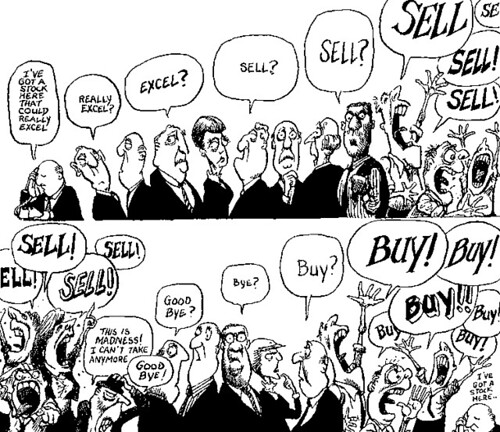
Contrary to most of what you hear on the radio and you read in newspapers and magazines the typical American retiree is not as dependent on the performance of the stock market as many people think. The following is a table of the sources of income among the second quartile of older Americans, that is, from the 50th to the 75th percentile:
Social Security benefits....... 54.60%
Pensions....................... 22.00%
Earnings....................... 11.70%
Assets......................... 09.00%
Other Income................... 02.60%
Public Assistance.............. 00.30%
As the above table illustrates very clearly this group — which is above median, although not at the top — is highly dependent on Social Security benefits for more than half of their income.Asset income is, on the other hand , is rather small. Obviously as one moves down to the third quartile and then the fifth quartile then the share of income derived from the stock market disappears.
Of course the portion of income derived from pensions is affected by the stock market but for most Americans the day to day fluctuations in stock prices are not as seminal as those on Wall Street would like us to believe that they are. What do you think?













